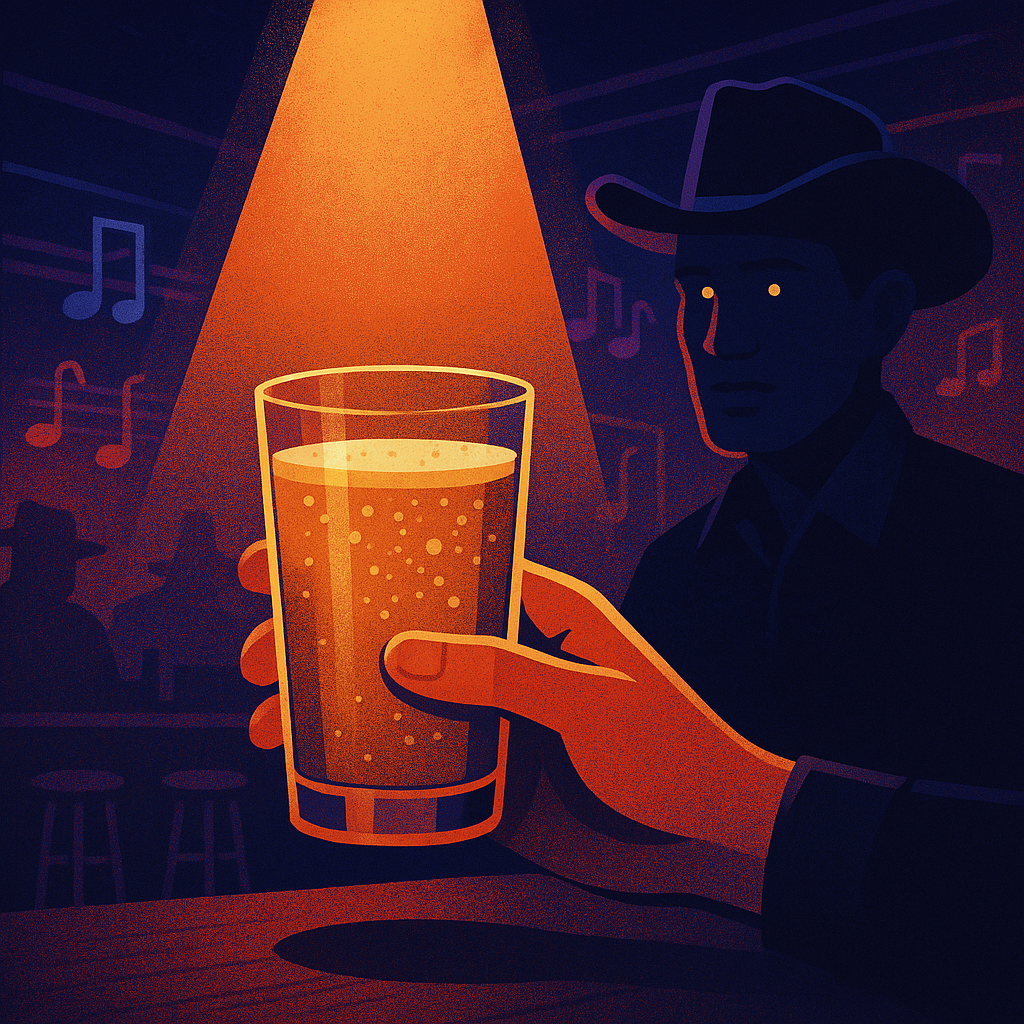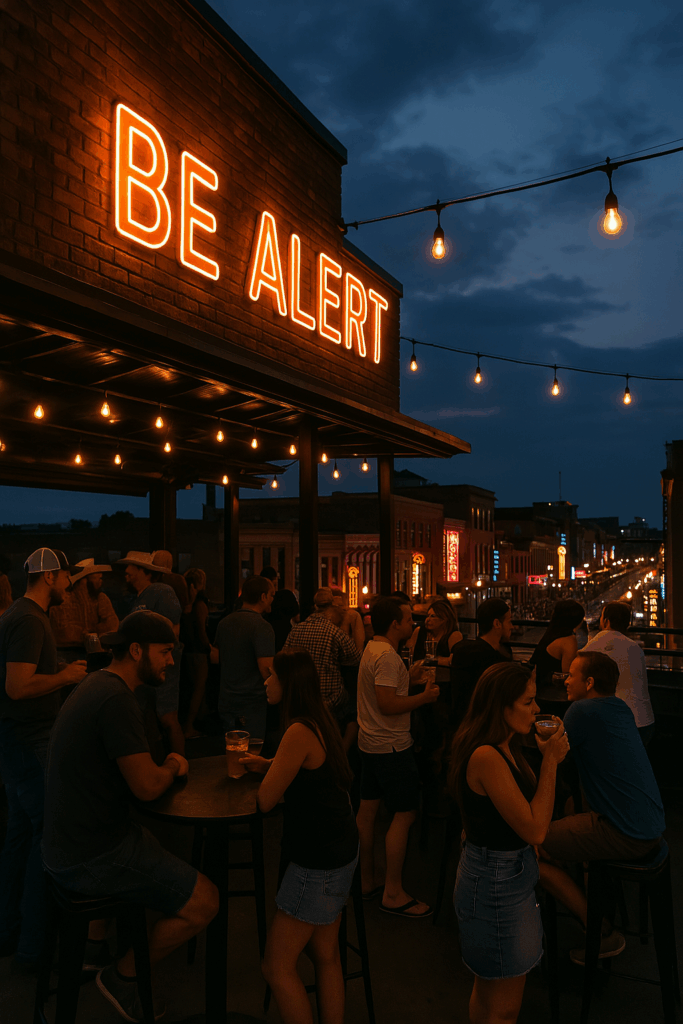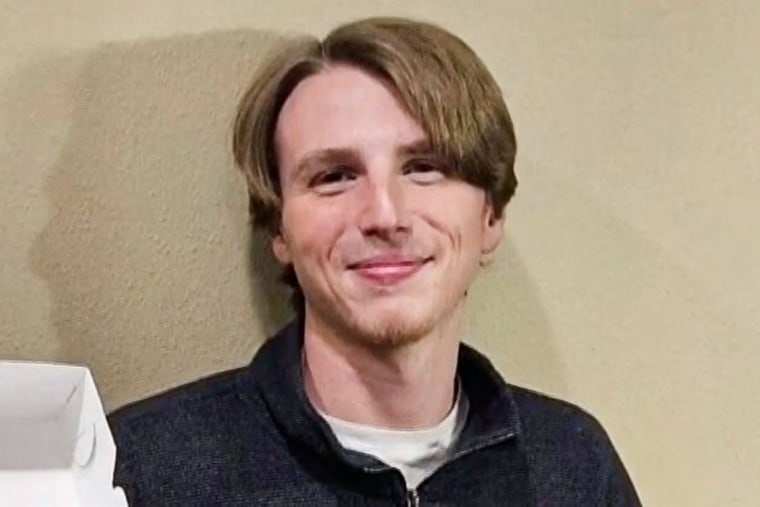Physical Address
301 Demonbreun St
Nashville, TN 37201
Physical Address
301 Demonbreun St
Nashville, TN 37201


Drink spiking in Nashville often involves GHB and ketamine, fast-acting substances that can trigger sudden memory loss, confusion, and a complete loss of coordination. Predators use these drugs to facilitate robberies or assaults, which is why many refer to them as “date rape drugs.” Since they’re colorless, tasteless, and nearly impossible to detect, quick action and immediate testing becomes critical.
Victims like Taylor Boylan show classic signs—blackouts, disorientation, and stolen items. His story reflects what these substances can do. Others have reported waking up in strange places missing their phones, wallets, and watches, clearly targeted while vulnerable.
While downtown Nashville doesn’t pose a threat at every turn, people need to stay alert. Criminals don’t always use these drugs for assault; many spike drinks simply to steal valuables while victims remain confused—a tactic seen across major U.S. cities.
As Nashville’s nightlife continues to buzz, it’s important to stay aware—not just of the music and moonshine, but of the risks that can come with a night out.
Here is an example of one of the more reactionary posts about this phenomenon.
Nashville’s vibrant nightlife draws thousands every weekend, but beneath the neon and live music lurk sobering stories that have shaken both locals and visitors. Most notably, the disappearances of Taylor Boylan and Riley Strain made headlines for all the wrong reasons.

Taylor Boylan, a 30-year-old hockey player from Vancouver, traveled to Nashville for a club tournament. One night, he went out with teammates to Jason Aldean’s Kitchen + Rooftop Bar on Broadway. Around 1 a.m., someone saw him dancing with a woman. Then he disappeared.
For more than 30 hours, no one knew where he was. His phone turned up near Bridgestone Arena. His brother flew in from Canada to join the search. A woman eventually spotted a confused man at a McDonald’s in Hermitage—almost 20 miles from downtown. It was Taylor.
He couldn’t remember anything. He had woken up in a field. His Apple Watch, phone, and cash were gone. Only his IDs remained in his wallet. Hospital tests showed no drugs, but the delay may have impacted the results.
His case reignited fears about drink spiking and targeted robberies in Nashville bars. Other incidents followed, including the death of college student Riley Strain and viral reports of suspected druggings on Broadway.

Riley Strain, a 22-year-old University of Missouri student, traveled to Nashville for a spring formal in March 2024. He spent the evening out with fraternity brothers, but staff escorted him out of Luke Bryan’s bar, Luke’s 32 Bridge, at 9:35 p.m. over conduct concerns. Riley told his friends he’d head back to the hotel. He never made it.
Surveillance cameras later caught him stumbling alone near Gay Street and the Cumberland River. His phone last pinged by Public Square Park, and search crews found his bank card days later along the riverbank. Police, volunteers, and sonar-equipped boats searched for him for two weeks.
On March 22, crews recovered Riley’s body from the Cumberland River, nearly eight miles downstream. The autopsy showed drowning and ethanol intoxication, ruling out foul play. His death sent shockwaves through the community, raising concerns about nightlife safety—especially near the riverfront.
City leaders responded by allocating $1.5 million for fencing and new safety measures downtown. Riley’s grieving family urged others to look out for each other and stay aware on nights out.
His story still echoes across Nashville as a sobering warning: even a fun night in Music City can turn dangerous if safety isn’t part of the plan.
There are numerous rumors being spread through social media, along with many warnings. In particular
I want to address each of these.
Tests in both cases left investigators with few solid answers.
After vanishing from a rooftop bar, Taylor Boylan resurfaced confused and missing personal items. He underwent hospital screenings, but they revealed no drugs. However, those tests occurred days after the incident—long enough for substances like GHB or ketamine to clear his system. His symptoms fit the profile of someone who may have been drugged and robbed, but the evidence didn’t hold.
Meanwhile, authorities recovered Riley Strain’s body from the Cumberland River nearly two weeks after he disappeared. His autopsy cited ethanol intoxication and drowning, with no trace of drugs or foul play. Because he drowned, his body stopped metabolizing substances at the time of death—making it likely that the autopsy would have revealed any drugs if present. Still, questions linger about his final movements and state of mind.
Both cases stirred public suspicion about drink spiking in Nashville. But without concrete proof, the conversation remains focused on vigilance and the need for quicker response times when drugging is suspected.
My conclusion?
Riley’s story hit hard. One theory suggests that someone from the homeless community rolled his lifeless body into the river after taking his belongings—his cards later turned up in a trash heap they frequent. But I lean toward another possibility. Riley likely pregamed with Delta-9 THC, which appeared in his autopsy, and mixed it with drinks. He stopped at more bars along the way. By the time he reached Luke’s 32 Bridge, he had reached a dangerous level of intoxication. Staff escorted him out, and that moment marked the beginning of the end. If his fraternity brothers had stuck to basic safety practices—like staying together and checking in—Riley might still be here today.
If I was to guess, Boylan was hit with ketamine, which clears from the body quicker, making it harder to test for.
Let’s address one of the more sensational rumors floating around Broadway—that bartenders at popular spots like Luke’s 32 Bridge are drugging patrons. While anything is technically possible, this theory doesn’t hold much water when you look at the facts.
💰 First off: the money.
Bartenders at high-volume bars downtown are already pulling in serious cash. With tips, many downtown bartenders report making an easy six figures annually. Risking that kind of income—and their job—for criminal behavior? Possible, but not likely.
👀 Second: the visibility.
These bars are packed, loud, and under constant surveillance. Bartenders work in full view of patrons, managers, and security. Any shady behavior would be noticed fast, especially in venues with multiple staff and cameras. A criminal doing it has likely staked out the cameras and targets patrons most likely to make it worth his while and fall in the trap.
🧠 Third: the logic.
Bartenders are there to serve drinks, not sabotage them. The real risk comes from strangers at the bar, not the people behind it. Most reported cases of drink spiking involve someone slipping something into a drink when the victim isn’t looking—not the bartender doing the mixing.
So yes, stay vigilant. But let’s not paint the entire service industry with a conspiracy brush. The real danger is distraction, not the person pouring your vodka soda.
Lately, social media has been buzzing with claims that drink spiking is surging in Nashville—especially on Broadway. But let’s pump the brakes. While awareness is up, and stories are being shared more widely, there’s no verified data showing a dramatic increase in actual cases.
One viral video claimed 40 people were treated for drink spiking at Vanderbilt University Medical Center in a single weekend, but that number hasn’t been confirmed by the hospital or law enforcement. In fact, local hospitals don’t track drink spiking statistics, and tests for drugs like GHB or ketamine are rarely administered unless a police report is filed—and even then, results depend heavily on timing.
So while drink spiking absolutely happens—as it does in any major city—the idea that Nashville is suddenly ground zero for it isn’t backed by hard evidence. What’s really happening is a rise in vigilance, not necessarily a rise in incidents.
Nashville’s charm is real—but so are the occasional run-ins with petty theft and more serious robberies. Just recently, I helped a traveler who had his backpack rifled through while he was traveling through. It’s a reminder that even in a city known for Southern hospitality, opportunists are out there.
While overall crime rates have dipped in 2025—including a 23% drop in robberies compared to last year—there are still troubling incidents. From armed hold-ups in parking garages to kidnapping and robbery schemes involving forced bank withdrawals, downtown isn’t immune to big-city crime patterns. Tourists have also reported being drugged and robbed after meeting strangers in bars, often waking up with missing wallets and no memory of what happened.
That said, Nashville isn’t exactly rolling out the welcome mat for criminals. The visible and active police presence downtown makes it much harder for shady characters to pull off their dirty work unnoticed. You’re more likely to be approached by a homeless man with a handmade sign reading “Not gonna lie, I am gonna use the money to buy a hooker” than you are to get mugged—but both will leave an impression.
See the article Essential Tips for a Secure and Enjoyable Nashville Trip for tips on how you can avoid being a victim.
🧠 Local’s Tip: The reality is—you’ll be fine if you follow basic safety rules. Stick to well-lit areas and stay with the crowd, especially late at night. Don’t wander down empty alleys for that “Instagram moment,” and keep your bag zipped, your phone secure, and your drink in sight. You don’t need to be paranoid—you just need to be alert.
WHen I get a topic like this, I love to dig in deeper and learn more. Some of this is trivial to some of you, but could help you if you are ever in a situation where you feel you have been drugged.
Nashville’s nightlife should be unforgettable for all the right reasons. While reports of drink spiking and robbery are real, they’re not rampant—and with a little vigilance, your odds of becoming a victim drop dramatically. Stick with your group, keep eyes on your drink, and if something feels off, trust that instinct.
If you suspect you’ve been drugged, don’t wait: reconnect with friends and leave immediately. If you’re alone or disoriented, speak to bar staff or find a police officer nearby. And if you still have clarity, saying “I just wanted an angel shot” is a discreet way to signal danger—many bartenders know it and will act quickly.
With more bars embracing Safe Bar training programs, some venues even offer test kits. You can also bring your own. If a test comes back positive, show it to the staff—it should trigger an immediate response.
Got your own story, tip, or question? I want to hear it. Drop a comment below, or head over to the Contact Page to start the conversation. Your experience might help someone else stay safe on their next night out in Music City.
Peace and Grace,
